Commonly referred to as the "Series II," the XJ line was facelifted in Autumn 1973 for the 1974 model year. The 4.2L I-6 XJ6 (most popular in the United Kingdom) and the 5.3L V12 XJ12 were continued with an addition of a 3.4 L (3442 cc/210 in³) version of the XK engine available from 1975.
The Series II models were known for their poor build quality, which was attributed to Jaguar being part of the British Leyland group, as well as to problems inherent in the design of certain Lucas-sourced components.
Initially the Series II was offered with two wheel bases, but at the 1974 London Motor Show Jaguar announced the withdrawal of the 'standard wheel base' version: subsequent saloons/sedans all featured the extra 4 inches (10 cm) of passenger cabin length hitherto featured only by the 'long wheel base' model. By this time the first customer deliveries of the two door coupe, which retained the shorter 'standard' wheel base (and which had already been formally 'launched' more than a year earlier) were only months away.
Visually, Series II cars are differentiated from their predecessors by raised front bumpers to meet US crash safety regulations, which necessitated a smaller grille, complemented by a discrete additional inlet directly below the bumper. The interior received a substantial update, including simplified heating and a/c systems to address criticisms of the complex and not very effective Series I system.
In April 1975 the North American Series II got a slightly revised set of front bumpers which had rubber overriders covering the full length of the bumper with embedded turn signals at each end. In 1978 the North American cars also got the addition of electronic fuel injection in the place of Zenith-Stromberg carburettors.
In May 1977 it was announced that automatic transmission version of the 12 cylinder cars would be fitted with a General Motors three speed THM 400 transmission in place of the British built Borg-Warner units used hitherto.
The 1978 UK model range included the Jaguar XJ 3.4, XJ 4.2, XJ 5.3, Daimler Sovereign 4.2, Double-Six 5.3, Daimler Vanden Plas 4.2, Double-Six Vanden Plas 5.3.
In New Zealand, CKD kits of the Series II were assembled locally by the New Zealand Motor Corporation (NZMC) at their Nelson plant. In the last year of production in New Zealand (1978), a special 'SuperJag' model was produced which featured half leather, half dralon wide pleat seats, vinyl roof, chrome steel wheels and air conditioning as standard. New Zealand produced models featured speedometers in km/h, and the black vinyl mats sown onto the carpets in the front footwells featured the British Leyland 'L' logo.
Though worldwide production of the Series II ended in 1979, a number were produced in Cape Town, South Africa until 1981.
A total of 91,227 Series II models were produced, 14,226 of them with the V12 engine.
For more information and pictures of the real car please visit: Jaguar XJ12-C
A Summer casting that actually identifies the model on the base? Believe it! Crude, but one of only two representatives of the real car available in small scale (the other is by Guisval and is much harder to find than the Summer). This one was a recent RAOK from Stangfreak. Thanks Steve!
An 9,378-car run of 2-door XJ coupés with a pillarless hardtop body called the XJ-C was built between 1975 and 1978. The car was actually launched at the London Motor Show in October 1973, but it subsequently became clear that it was not ready for production, and the economic troubles unfolding in the western world at this time seem to have reduced further any sense of urgency about producing and selling the cars: it was reported that problems with window sealing delayed production. XJ coupés finally started to emerge from Jaguar show-rooms only some two years later. The coupé was based on the short wheelbase version of the XJ. The coupé's elongated doors were made out of a lengthened standard XJ front door (the weld seams are clearly visible under the interior panels where two front door shells were grafted together with a single outer skin). A few XJ-Cs were modified by Avon into convertibles with a retractable canvas top, but this was not a factory product. Both six and twelve-cylinder models were offered, 6,505 of the former and 1,873 of the latter. Even with the delay, these cars suffered from water leaks and wind noise. The delayed introduction, the labour-intensive work required by the modified saloon body, the higher price than the four door car, and the early demise promulgated by the new XJ-S, all ensured a small production run.
All coupes came with a vinyl roof as standard. Since the coupe lacked B-pillars, the roof flexed enough that the paint used by Jaguar at the time would develop cracks. More modern paints don't suffer such problems, so whenever a coupe is repainted it is viable to remove the vinyl. Today many XJ-Cs no longer have their vinyl roof, also removing the threat of roof rust.
A small number of Daimler versions of the XJ-C were made. One prototype Daimler Vanden Plas version XJ-C was also made, however this version never went into production.

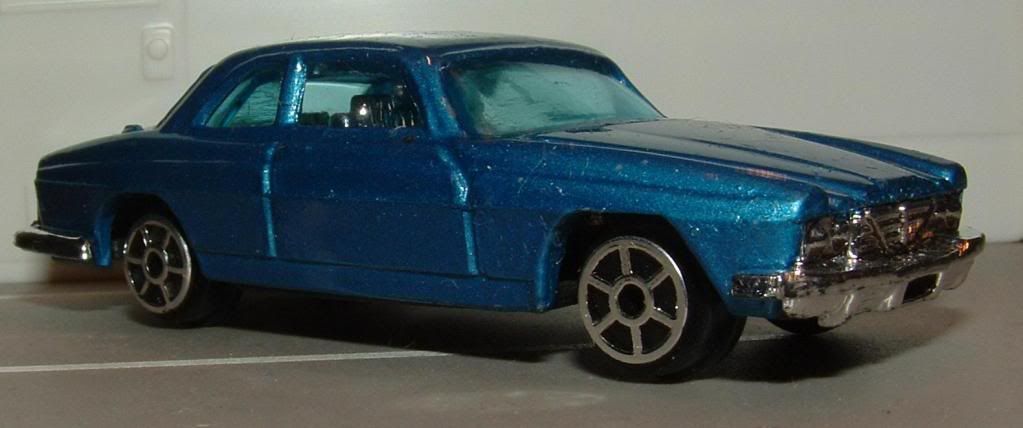
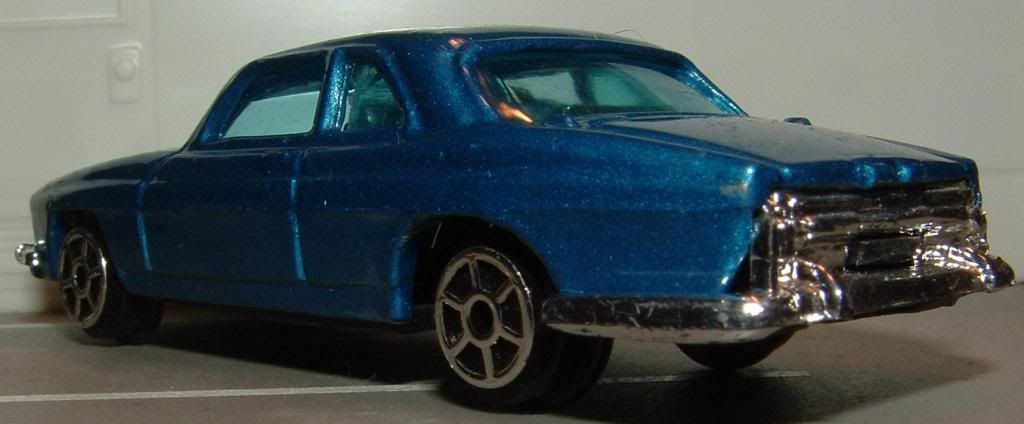
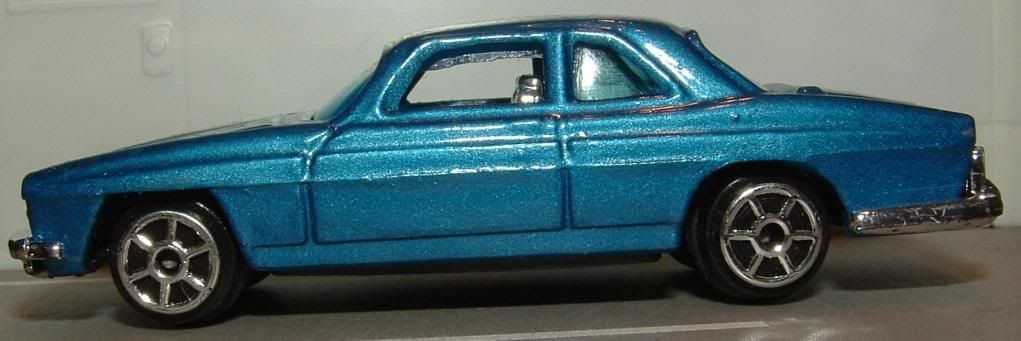
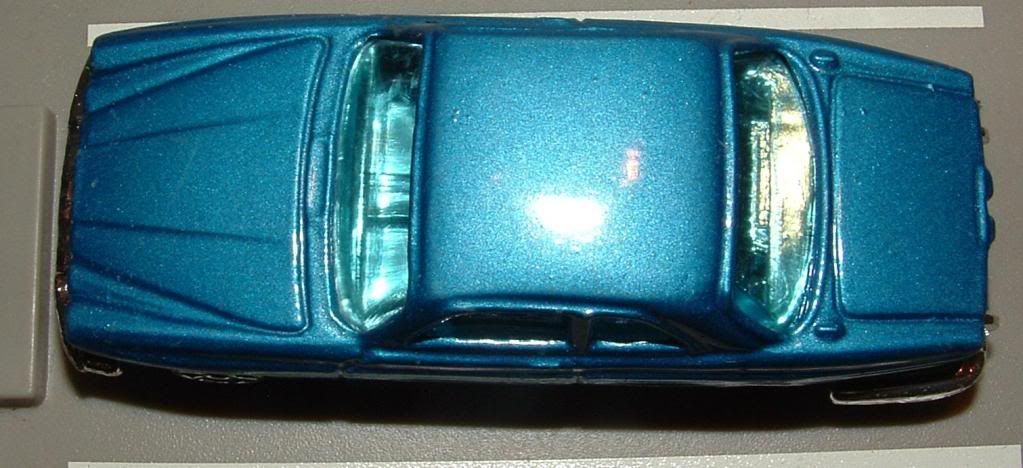
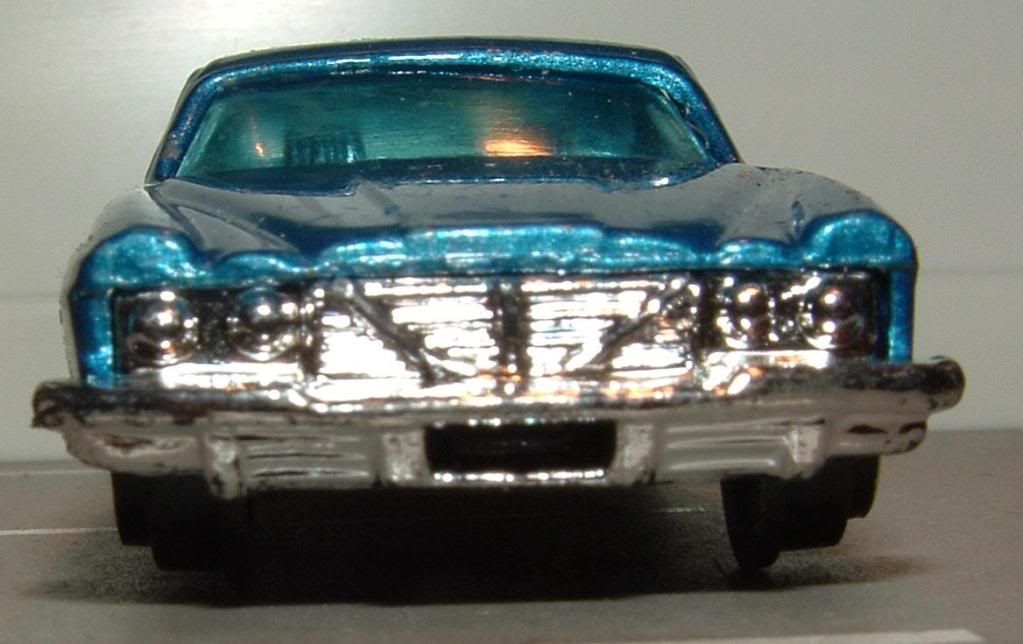
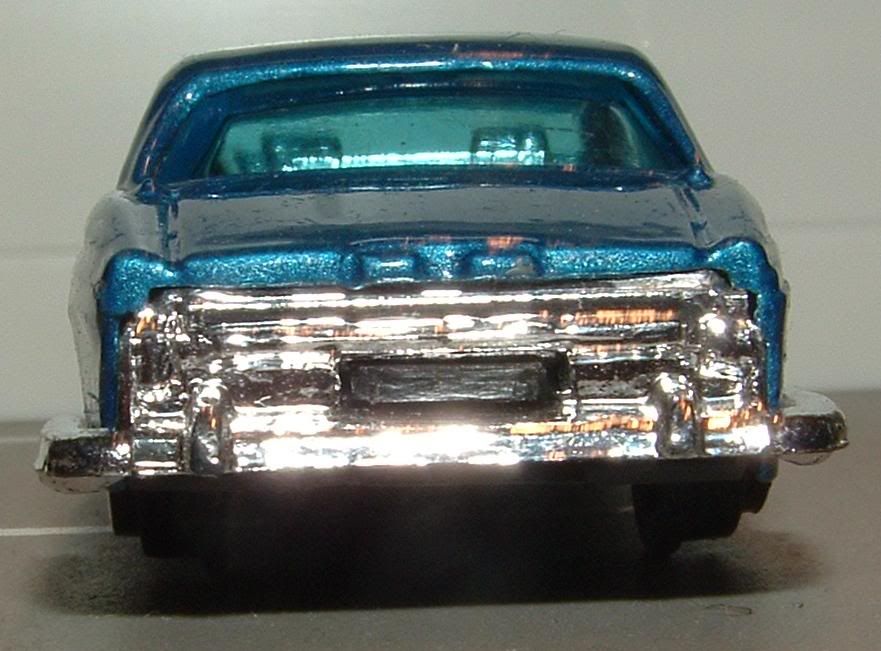
No comments:
Post a Comment